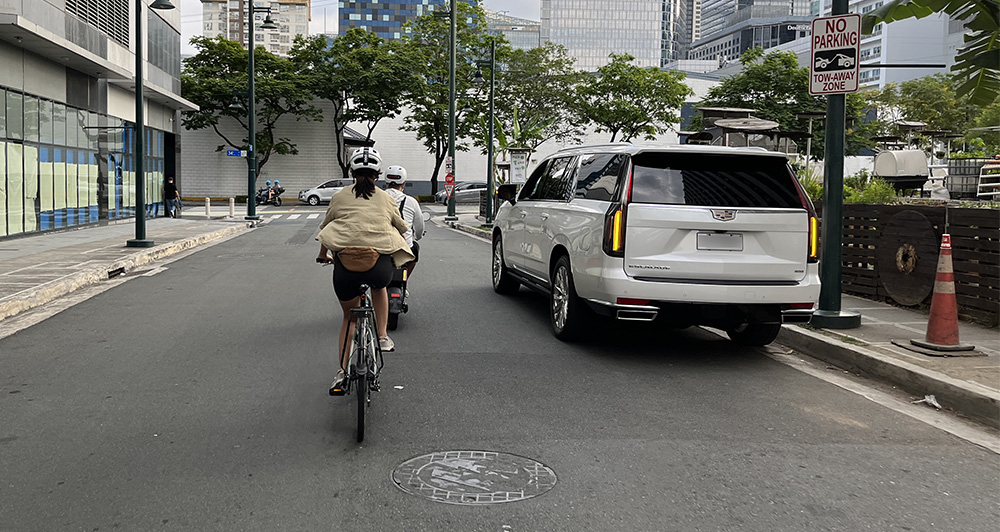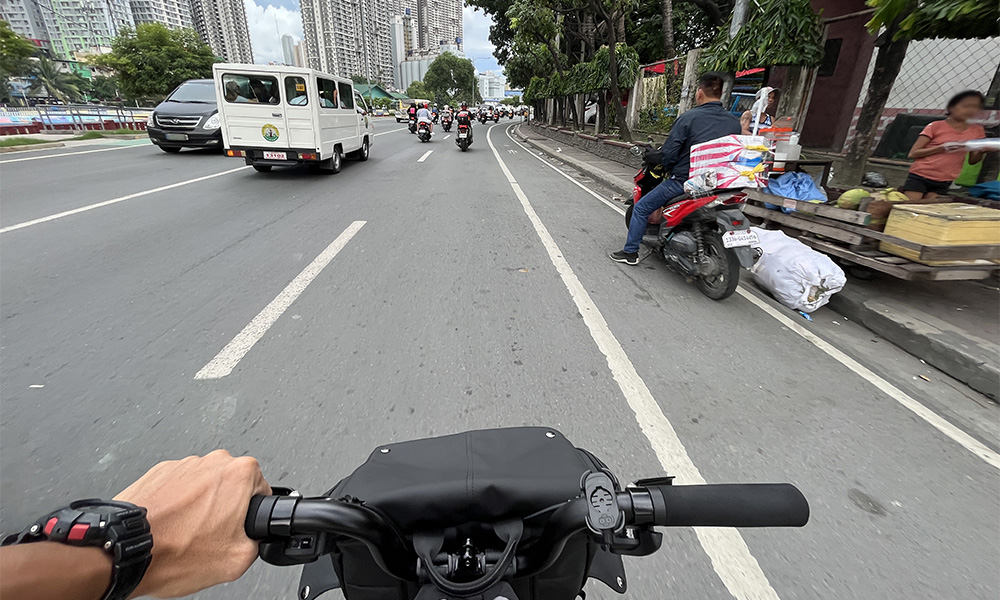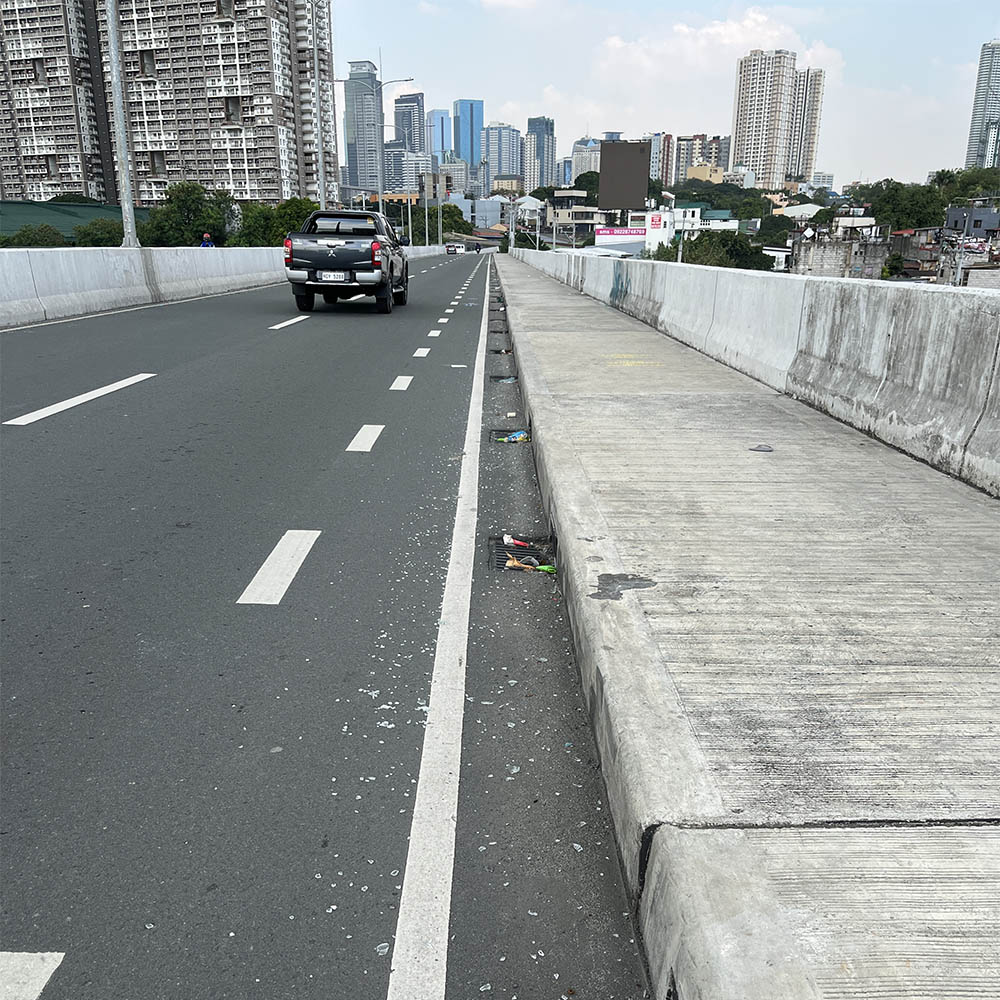
Imagine this: You’re driving on the road when you encounter a cyclist right in front of you, smack in the middle of the road. And no matter how much you honk, he or she doesn’t budge.
“Why can’t you just get out of the damn way?”
As a driver, I, too, understood the frustration of being held up by slower-moving vehicles. But when I actually started bike-commuting, I also understood how situations like this happen and why they can be necessary.

I was recently biking on JP Rizal Avenue when two Makatizen riders with wang-wang were telling me: “Dyan ka sa gilid. Masasagasaan ka ng kotse.” Replying as respectfully yet vocally as I could, I said: “Sir, may mga na jeepney nakahinto”—as if the line of parked jeepneys waiting for passengers wasn’t obvious enough.
I don’t know if the first guy heard me, but the other one could only say, “Okay.” This isn’t the only time I’ve been told off by motorcycle riders for not being in the bike lane. But the one thing common with those encounters was that the bike lane was always blocked.

As I shared in an article before, people need to be proactive on the road at all times. This entails situational awareness and preemptive actions to prevent accidents from happening. You need to be ahead of the curve, thinking two or more steps ahead.
Let’s face it: The roads of Metro Manila are chaotic with everything going on. You can’t expect the people behind you to be aware of what’s in front of you (or even to be aware at all because of distracted driving). So, you need to be as predictable as possible—no sudden unnecessary maneuvers.
That’s why I advise beginner cyclists: If you see an obstacle up ahead, do not wait until the last minute to avoid it because you might get rear-ended by an oncoming vehicle. As much as possible, use hand signals when changing lanes or making turns. Don’t keep those behind you guessing your next move.
Also, do not stick closely to parked cars, or else you risk getting doored or bumping into pedestrians. And I’m pretty sure these principles apply behind the wheel as well.

Drivers, if you stumble upon a slower-moving vehicle in front—whether it’s a bicycle, a motorcycle, an e-scooter, or a car—please slow down and check for potential obstacles or hazards. If there aren’t any, then go ahead, signal your intent, and overtake when it’s safe.
The idea of the leftmost lane being the passing lane is for expressways. It doesn’t automatically apply elsewhere because people will need to turn left at some point. And the innermost lane is the only place on the road to do it safely. You wouldn’t want the person on your right cutting you off to turn left.
As for cyclists, give way to faster-moving vehicles out of courtesy, without compromising your own safety. Remember that the bike lanes exist to keep motor vehicles out—not to cage bikers in—so it’s okay to not be in it. Rule 61 of the UK Highway Code sums things up nicely:
“Use facilities such as cycle lanes and tracks…where they make your journey safer and easier. This will depend on your experience and skills and the situation at the time. While such facilities are provided for reasons of safety, cyclists may exercise their judgment and are not obliged to use them.”


0 Comments